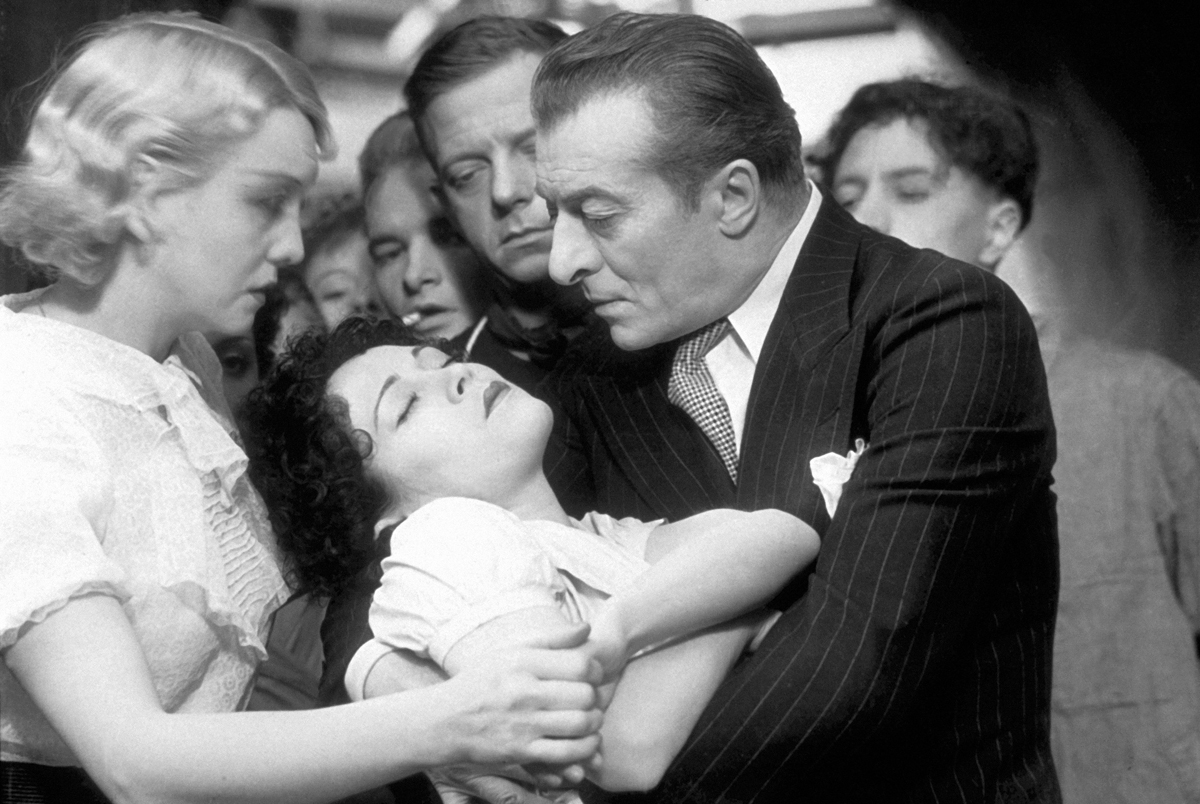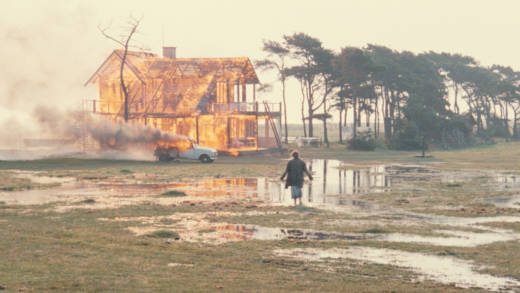Here’s hoping one of your New Year’s resolutions is to get out to the movies more often in 2018. Sure, streaming is convenient, but it’s not the same as watching a film with a theater full of people. (Oh? How big is your living room?) So while the rest of the country is digging out and thawing out, bask in our temperate cultural clime by partaking of this week’s bevy of 20th-century masterpieces. Not one, not two, but three outstanding revivals brighten local screens and set a tone for the rocky days ahead.
BAMPFA reaches back to the 1930s for two of the beloved Jean Renoir’s humanist classics. The scintillating digital restoration of The Crime of Monsieur Lange (Jan. 13, repeats Jan. 21), a left-of-center study of a publishing house’s employees after their heinous boss leaves the scene of his crimes, allows for a clearer-than-ever appreciation of the director’s seamless technique. If you’ve never seen The Rules of the Game (Jan. 14 and 19), Renoir’s empathetic, amusing and ultimately devastating takedown of class privilege and hollow social etiquette, now’s the time to treat yourself to a peak cinema experience.

The two most brilliant — and savagely satiric — movies ever made about Hollywood, Billy Wilder’s Sunset Boulevard (1950) and Robert Altman’s The Player (1992), grace the Castro screen on Jan. 10. The former depicts, among other things, how thoroughly the stars of the past (the silent era, in this case) are forgotten in their own lifetimes. The contemporary irony is that Sunset Boulevard was shot in black-and-white, a format that many younger moviegoers find as anachronistic and artificial as silent movies were to their grandparents.
The Player, adapted from Michael Tolkin’s ruthlessly funny novel, is a beautifully conceived and wittily staged portrait of a studio executive’s ambition, ego, libido and power. The movie smacks Hollywood with both hands, to be sure, but its richest enmity is reserved for the kind of people who are attracted to the visual entertainment business, and who have no interest in or respect for art or artists.
The filmmaker of the moment, though, is Andrei Tarkovsky. The late Soviet director’s existential fascination with our species’ impulse toward self-destruction and apocalypse is always timely, though never more than when nuclear-button ravings and offshore-drilling announcements are emanating from the White House. Tarkovsky wasn’t a nihilist, however, and his films are philosophical battlegrounds where the protagonist labors to identify and act in accord with his innate humanity. The director’s haunting 1986 fade-out, The Sacrifice (Jan. 11, 13 and 14 at the Roxie and Jan. 12 at BAMPFA), is some combination of terrifying and cathartic, and just may propel you back onto your couch. Or under it.



